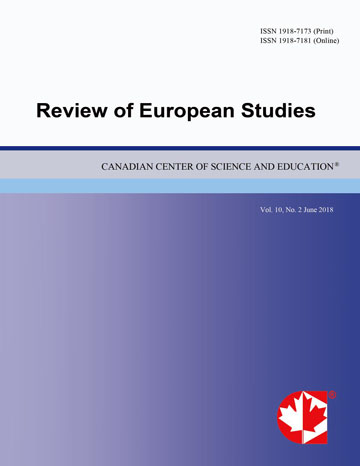Gender Imbalance in Brunei Tertiary Education Student Populations: Exploring English Language, Self-Efficacy and Coping Mechanisms as Possible Causes
- Halimaturradiah Metussin
Abstract
Brunei has a multilingual society where no citizens (except very young children) are monolinguals. The dominant and official language of the country is Bahasa Melayu. English is widely spoken by many bilinguals and used as the medium of instruction in most schools in addition to being an admission criterion to colleges and universities. Arabic, the language of both Islamic educational institutions and religion, is added to trilinguals who are adherents while each indigenous language is used by most of the multilinguals. In such a complex linguistic environment, the learning and use of spoken or written English is often affected by both retroactive and proactive interferences from other competing languages. In the present survey (N = 287) females scored significantly higher on an English test than their male counterparts. In addition, females significantly used the emotion-oriented coping strategy more than the male peers. No significant differences were obtained on self-efficacy variable by gender and ability in English. Similarly, no significant differences were also obtained on coping strategies by ability in English. However, the task-oriented and avoidance-oriented coping styles were predictors of good and bad achievement in English respectively. Overall, English appeared to be a partial causal factor to the gender gap in Brunei tertiary student populations. Further mixed-methods research was recommended to access more details and possible solutions.
- Full Text:
 PDF
PDF
- DOI:10.5539/res.v7n12p67
Index
- ACNP
- CNKI Scholar
- DTU Library
- Elektronische Zeitschriftenbibliothek (EZB)
- EuroPub Database
- Excellence in Research for Australia (ERA)
- Genamics JournalSeek
- Google Scholar
- Harvard Library
- HeinOnline
- Infotrieve
- JournalTOCs
- Mir@bel
- Open policy finder
- RePEc
- ResearchGate
- ROAD
- Scilit
- Technische Informationsbibliothek (TIB)
- The Keepers Registry
- Universe Digital Library
- WorldCat
Contact
- Paige DouEditorial Assistant
- res@ccsenet.org
